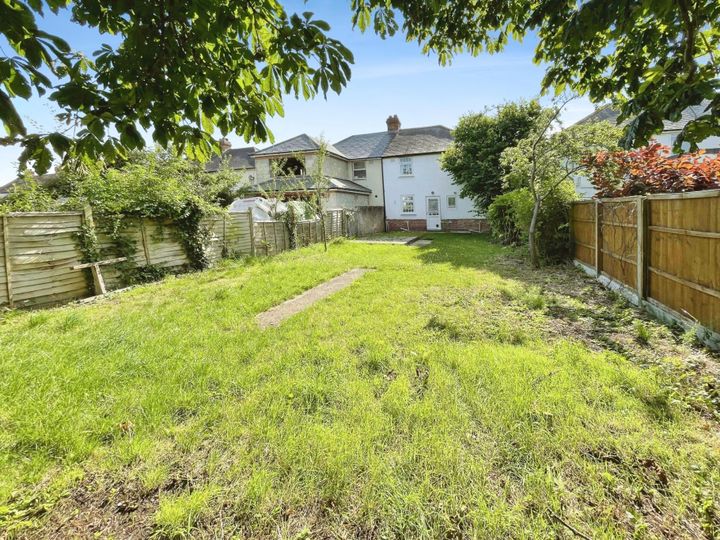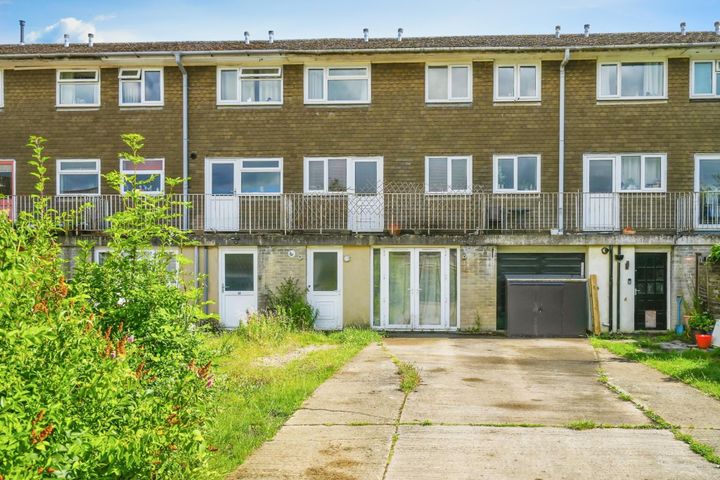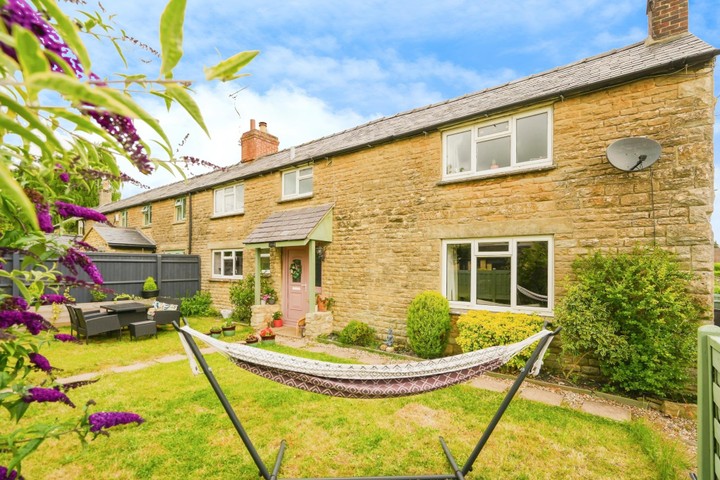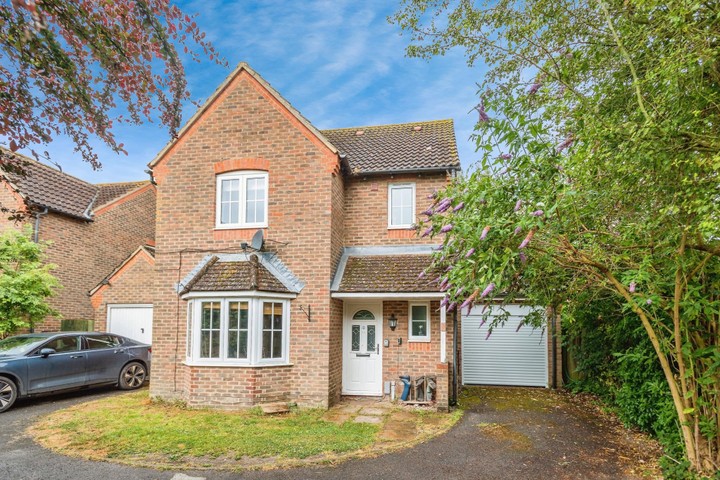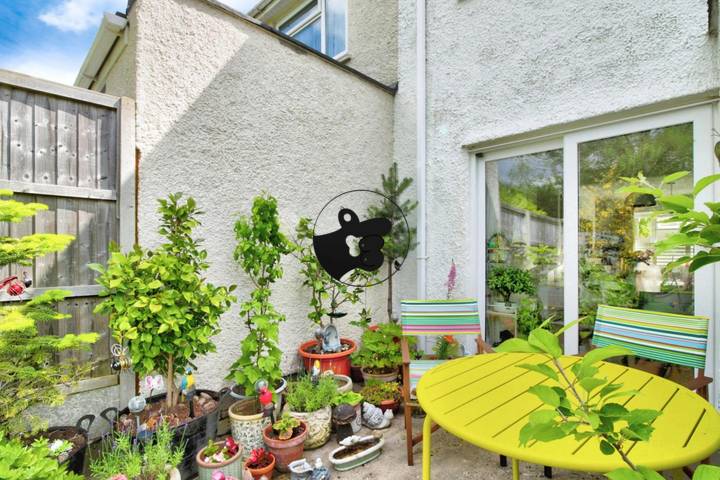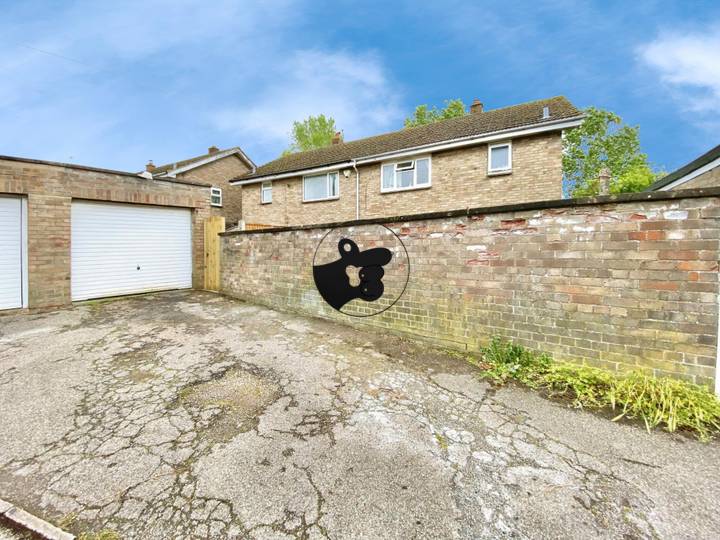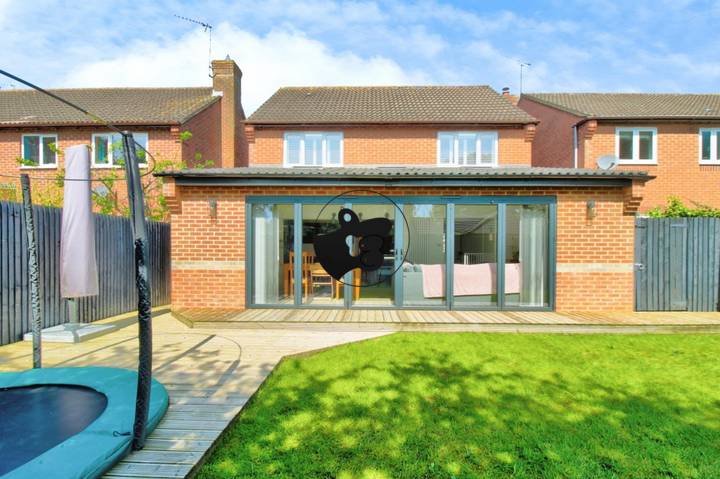The average home prices in Oxfordshire can vary significantly depending on the location and property type. As of late 2023, the average price for a semi-detached house in Oxfordshire is around £350,000, while a detached home typically costs about £600,000. The city of Oxford tends to have higher property values, with average prices for a two-bedroom flat reaching approximately £400,000. In contrast, areas like Banbury and Abingdon offer more affordable options, where prices for similar properties can be around £280,000. Market trends also show that historical towns, such as Henley-on-Thames, report even higher averages due to their picturesque settings, with some homes exceeding £1 million. Overall, the diverse range of housing options in Oxfordshire reflects its appeal, but it also means buyers need to navigate a wide spectrum of prices.
Oxfordshire
Location
Price Range
Any price
Price Range
Minimum
No min
Maximum
No max
Property type
Show all
Property type
Show all
House
Apartment
Building
Other
Bedrooms
Any beds
Bedrooms
Minimum
No min
Maximum
No max
Surface Range
Any surface
Surface Range
Minimum
No min
Maximum
No max
Sale type
For sale
Sale type
Show all
To rent
For sale
Location
Apartments and houses for sale in Oxfordshire
13 results
Recent
Oxfordshire insights
| Aspect | Summary |
|---|---|
| Population | 150,000 |
| Average Property Price | £400,000 |
| Rental Yield | 4.5% |
| Average Rent | £1,800 |
| Occupancy Rate | 92% |
| Capital Growth Rate | 5% per annum |
| Property Tax | £2,000 annually |
| Transaction Costs | Approximately £3,000 |
| Expected ROI | 8% - 10% |
| Economic Growth Impact | Stable growth, driven by education and tourism sectors |
Oxfordshire FAQ
What are the average home prices in Oxfordshire?
How have real estate prices in Oxfordshire changed over the past year?
Real estate prices in Oxfordshire have experienced notable fluctuations over the past year, driven by various economic factors and local demand. As of late 2023, average house prices in the region have risen by approximately 7%, with areas like Oxford city centre seeing increases as high as 10%. For instance, properties in the highly sought-after Jericho neighborhood have surged, with some three-bedroom homes now selling for over £600,000, marking a significant jump from the previous year. Meanwhile, rural areas such as Witney and Bicester have also seen a rise, albeit at a slower pace, with prices increasing by around 5%. The competitive market has been fueled by low inventory levels, high demand from buyers looking for more space post-pandemic, and continued interest from investors.
What factors influence real estate prices in Oxfordshire?
Real estate prices in Oxfordshire are influenced by a variety of factors, including proximity to Oxford city center, local amenities, and transport links. The demand for housing is particularly strong in areas such as Headington and Summertown, which offer easy access to the University of Oxford and high-quality schools, driving up prices. Additionally, the presence of scenic countryside and historical sites, such as Blenheim Palace in Woodstock, contributes to the desirability of the region. Economic factors also play a role; the presence of thriving local industries and a well-educated workforce can lead to higher income levels, thus increasing purchasing power. Furthermore, recent trends in remote working have impacted demand in more rural areas like the Cotswolds, where buyers seek larger properties away from urban centers. The housing supply, influenced by local planning policies and construction rates, also affects pricing dynamics, with limited new developments in popular areas often resulting in increased competition among buyers.
Are property prices in Oxfordshire higher than the national average?
Property prices in Oxfordshire tend to be higher than the national average, influenced by various factors such as its proximity to Oxford, a city renowned for its prestigious university and vibrant economy. For instance, the average house price in Oxford itself often surpasses £400,000, significantly higher than the UK's average, which hovers around £280,000. Areas like Abingdon, Witney, and Bicester also reflect this trend, with rising prices driven by demand for housing among professionals and families seeking a balance of urban and rural living. Additionally, the presence of excellent schools and amenities, along with transport links to London, adds to the appeal and subsequent pricing of properties in the region. In comparison, nearby counties may offer lower prices, highlighting Oxfordshire's distinctive market dynamics.
What is the price range for a 3-bedroom house in Oxfordshire?
The price range for a 3-bedroom house in Oxfordshire varies widely depending on the specific location and property type. In more sought-after areas like Oxford city itself, prices can start around £400,000 and easily exceed £700,000 for houses in desirable neighborhoods. For instance, a modern terraced house in the Headington area might be listed for approximately £500,000, while a period property in Jericho could push towards the £1 million mark. In contrast, more rural areas or towns such as Witney and Abingdon might offer 3-bedroom homes starting from £300,000 to £450,000. Additionally, specific developments or older homes in need of renovation can be found on the lower end of the spectrum, sometimes below £300,000. Overall, the market remains diverse, with various options catering to different budgets across the region.
How do school districts affect property prices in Oxfordshire?
In Oxfordshire, school districts play a significant role in shaping property prices, largely driven by parents' desire to secure access to high-quality education for their children. Areas with top-performing schools, such as those in Oxford or Henley-on-Thames, often see higher demand for housing, leading to increased property values. For example, properties located within the catchment area of Oxford’s Magdalen College School or Henley’s Gillott School can command a premium, sometimes tens of thousands above similar homes in less desirable educational zones. The reputation of schools based on Ofsted ratings and exam performance directly correlates with local real estate trends, as families are willing to pay a premium to ensure proximity to well-regarded institutions. This effect can create stark disparities in neighbourhood property values; for instance, homes in the highly-ranked Abingdon area often appreciate more rapidly than those in nearby districts with lower-rated schools, reflecting the overarching influence educational quality exerts on the housing market.
What is the trend for future property prices in Oxfordshire?
Future property prices in Oxfordshire are likely to be influenced by several key factors, including ongoing demand for housing, local economic growth, and infrastructure developments. With the rise of remote working, there's been an increased interest from buyers seeking homes in suburban areas, making Oxfordshire, with its attractive countryside and good transport links to London, particularly appealing. For instance, towns like Banbury and Abingdon have experienced a surge in property inquiries as more individuals look for larger homes with office space. Additionally, the government’s investment in infrastructure, such as the Oxford-Cambridge Arc, aims to stimulate growth in the region, further driving property demand. However, economic uncertainties, including interest rate fluctuations and inflation, may also impact affordability and price stability in the coming years. The rental market in cities like Oxford has remained robust, driven by a steady influx of university students and professionals, contributing to the overall upward pressure on property prices.



